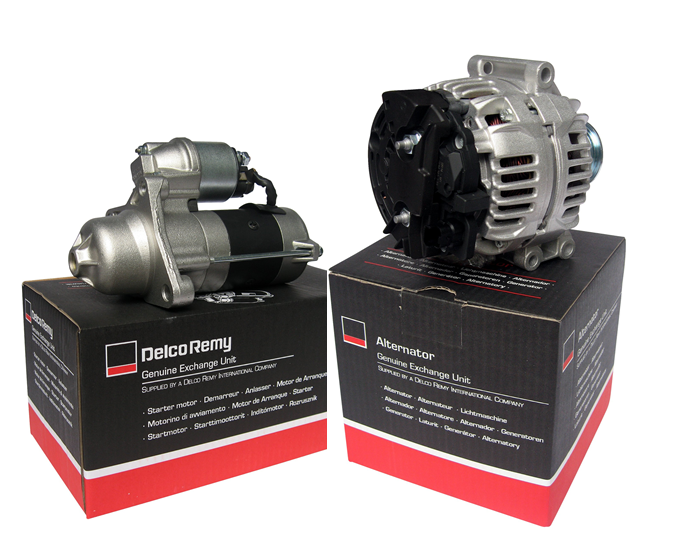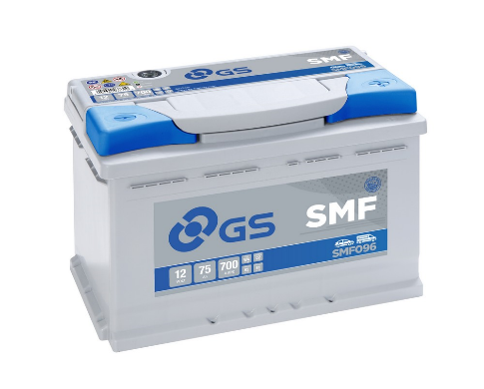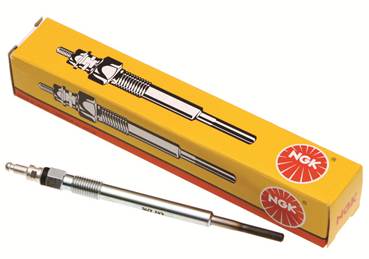Storage and Transfer

Winter Component FailureThe winter season seems to have a dramatic effect on certain components and sudden changes in the weather can result in immediate increases in demand. This is particularly true with the components responsible for ignition, storage and transfer. Rotating Electrics – Remy
New technology and quality is important, especially in winter, as the market is moving to higher output units due to the increasing electric requirements needed on modern vehicles. There is also a reduction in the size of the units to reduce weight and fuel consumption. A high level of diagnostic equipment is increasingly required to correctly diagnose rotating faults. Stop-start technology is becoming more common on new vehicles and Remy is already working with vehicle manufacturers to develop hybrid solutions. Batteries – GS Batteries
Glow Plugs – NGK While glow plugs have undergone big changes in recent years, cold weather is still the biggest factor impacting on sales as vehicles struggle to cope with sub-zero temperatures. On many contemporary engine designs it is possible that an individual glow plug failure may go unnoticed until the ambient temperature is low enough to put sufficient strain on the system.
Consequently, there are now several technologies from the standard metal glow plugs to the latest generation NHTC (New High Temperature Ceramic) types and the AQGS (Advanced Quick Glow System) plugs. Ceramic glow plugs are increasingly being selected by the vehicle manufacturers because of their extremely short pre-heating time, long post-heating time and very high operating temperatures. Ignition Coils – Cambiare
Having an awareness of these issues can help factors and garages to diagnose and solve common problems during the winter months and also highlight key areas where consumer demand is likely to increase, pointing to the key sales opportunities for the season. |
Related Articles Related Downloads |
 Vehicles with a poor battery can survive in the summer months but, in winter, problems can occur as the air becomes cooler and damper with overnight condensation getting into any minor flaws in the electrical system. The starter has to work harder and – together with the use of lights, windscreen wipers, washers and heaters – will increase the drain on the battery.
Vehicles with a poor battery can survive in the summer months but, in winter, problems can occur as the air becomes cooler and damper with overnight condensation getting into any minor flaws in the electrical system. The starter has to work harder and – together with the use of lights, windscreen wipers, washers and heaters – will increase the drain on the battery. In warm weather, modern electrical and fuel systems may compensate for weak batteries because the engine can be started with minimum cranking, but a weak battery operating in cold conditions is likely to fail. Temperature is an important factor because at -18ºC, a battery has only 40% starting power, so during a period of cold weather is when the motorist becomes aware of battery problems. Also, at lower temperatures engine oil becomes more viscous increasing engine resistance. This means more starting current is required putting additional strain on the battery and the starter motor.
In warm weather, modern electrical and fuel systems may compensate for weak batteries because the engine can be started with minimum cranking, but a weak battery operating in cold conditions is likely to fail. Temperature is an important factor because at -18ºC, a battery has only 40% starting power, so during a period of cold weather is when the motorist becomes aware of battery problems. Also, at lower temperatures engine oil becomes more viscous increasing engine resistance. This means more starting current is required putting additional strain on the battery and the starter motor. Under all conditions the demands placed on the glow plugs have become extremely severe and the expected performance is significantly higher than in the past. Manufacturers are trying to get the temperatures up in the combustion chamber so quickly that there is no discernible delay between putting the key in the ignition and actually starting the engine with little or no smoke emission – even at extremely low ambient temperatures.
Under all conditions the demands placed on the glow plugs have become extremely severe and the expected performance is significantly higher than in the past. Manufacturers are trying to get the temperatures up in the combustion chamber so quickly that there is no discernible delay between putting the key in the ignition and actually starting the engine with little or no smoke emission – even at extremely low ambient temperatures. Research carried out by specialist insurer Warranty Direct in 2010, revealed that ignition coils are 3 times more likely to fail between December and February than June and August. Cold winter weather increases the stress on coil units, driving failure rates up. Water ingress from salt treated roads also contributes to the deterioration of coils and leads over the winter months.
Research carried out by specialist insurer Warranty Direct in 2010, revealed that ignition coils are 3 times more likely to fail between December and February than June and August. Cold winter weather increases the stress on coil units, driving failure rates up. Water ingress from salt treated roads also contributes to the deterioration of coils and leads over the winter months.